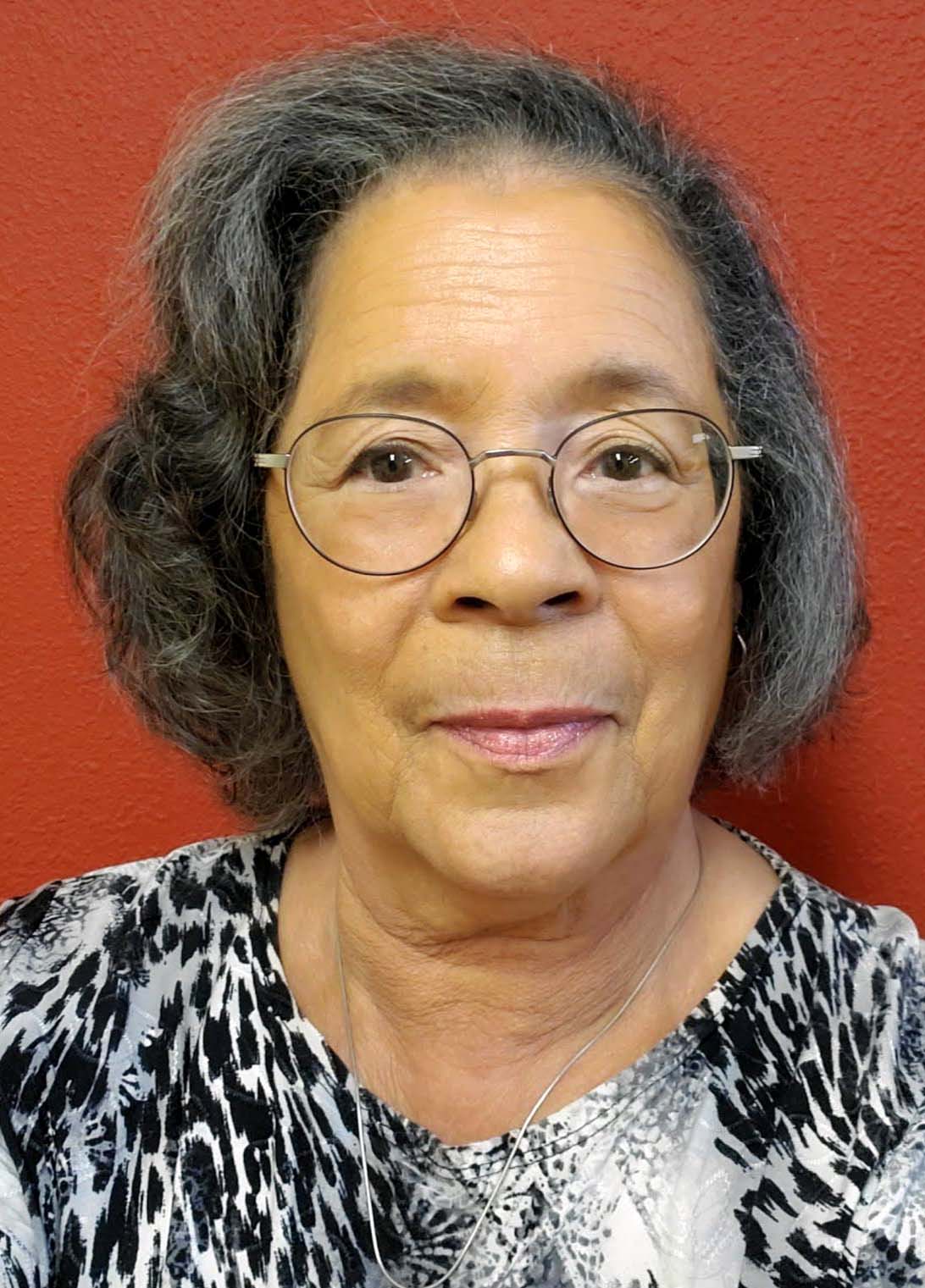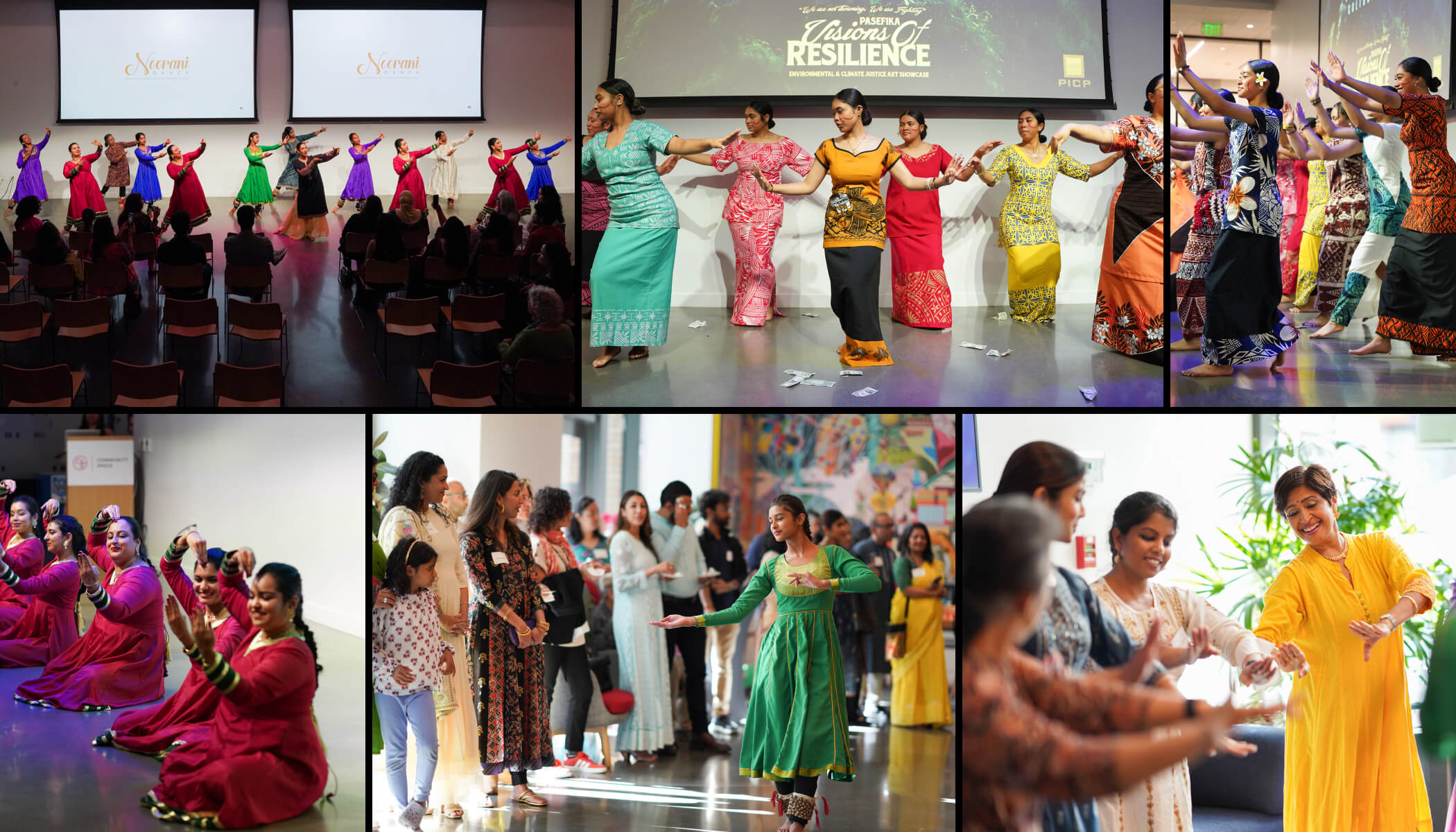Dec 2, 2021 · 6 min read
‘Community Knows What Community Needs’: The Powerful Experience of 2 Community Fund Review Panelists
Community advocates Kalimah Salahuddin and Pam D Jones have often felt unwelcome or dismissed. But for the Community Fund review panel, their opinions weren’t just welcome, they were invaluable.

Kalimah Salahuddin is a force. A fierce advocate, single mom, and public affairs and investor relations manager for a pharmaceutical company, the Daly City, California, resident has been active in her community for over a decade. Her list of community work is lengthy and includes seats on the board of directors for the Housing Leadership Council of San Mateo County and the board of trustees for Jefferson Union High School District. She’s also a founding member of the REACH Coalition — an advocacy organization working to end systemic barriers to community health.
“[We] advocate for the health of our communities and making sure that they’re served in a way that is about them and less about the people who are helping,” says Kalimah.

When a colleague at the Daly City Partnership recommended Kalimah for the new Chan Zuckerberg Initiative Community Fund review panel, she was instantly intrigued.
Launched in 2017, the CZI Community Fund is an annual grant-making program that pairs grants with capacity-building resources to support organizations helping create a more socially, economically and racially just San Mateo County.
Community Fund partners are organizations supporting civic engagement and increasing access to the building blocks of social and economic well-being, such as housing, healthcare, education and job skills.
While community feedback has helped inform the Community Fund’s focus since its launch, this year is the first time CZI enlisted 11 community members to help allocate the funds.
Curtis Yancy, CZI’s local impact manager who oversees the Community Fund, says his team took this step with the pilot program to ensure the community’s voice was central to the review and decision-making process.
“Community knows what community needs,” Curtis says.
Community review panel participants were selected based on several factors, including their availability — the training and review process took roughly 40 hours — and their ties to the community. However, the most important criteria included their dedication to racial equity and their firsthand experiences.
This was the first place I’ve been to in San Mateo County where it was not just OK, but it was encouraged to say, ‘This is what we need.’ It was just a really powerful experience for me.
Among the 2022 grant partners Pam and Kalimah helped select are organizations such as Ayudando Latinos A Soñar, a nonprofit with a mission to help children and families feel proud of their Latinx heritage and culture, and the Pilipino Bayanihan Resource Center, a community-based nonprofit providing direct services and education to support the Filipino population in Daly City and San Mateo County.

For Kalimah, her advocacy work would have been more than enough expertise for the panel. But her lived experiences were relevant as well. When she was in her 20s and her three children were young, they spent a year utilizing housing services. She also sought education support for her oldest, who is autistic.
“Coming through all of that, I just understood the power of all of those things to uplift and to keep my family and I from becoming a statistic,” Kalimah says.
Those experiences sparked her advocacy work.
“That year that we were homeless, I describe it as one of the worst years of my life,” Kalimah says. “So when I was able to, I became very involved in community work and giving back myself.”
For fellow review panel member Pam D Jones, community advocacy is in her blood. Her family moved to Palo Alto in the 1920s, and her parents were involved in the Civil Rights Movement. A retired college professor, Pam has focused her community efforts on voting rights education and exposing institutionalized racism.
I just found that the whole system is made complicated so that regular people really don’t understand the process. That’s a technique used to eliminate people, to make it so complicated that you throw up your hands.
“My dad could pass as white, so he would go to places to rent or to buy, and they were happy to see him,” Pam says. But when he would return with his wife, the property would no longer be available. “It was devastating for my mom to be in that position. When I talk about it, it brings tears to my eyes. But being able to speak that out also has a very healing effect.”
Pam is on a mission to help her fellow community members understand the root of local issues, so they can choose to be involved as much or as little as they’d like.

“I just found that the whole system is made complicated so that regular people really don’t understand the process,” she says. “That’s a technique used to eliminate people, to make it so complicated that you throw up your hands.”
For Pam and Kalimah, speaking out has not come without cost. Both women said they are often dismissed, or met with resistance when advocating on behalf of the community. They both have felt unwelcome or like other members at meetings think “here she comes again.”
“Having been gaslighted for so many decades, it’s something that I didn’t pay any attention to anymore,” Pam says.
But the Community Fund review panel offered an entirely different experience. Members were encouraged to share their stories. It was an environment where their voices were heard, welcomed and appreciated.
“This was the first place I’ve been to in San Mateo County where it was not just OK, but it was encouraged to say, ‘This is what we need’,” Kalimah says through tears. “It was just a really powerful experience for me.”
Pam agrees, noting the entire experience was affirming. They are both eager to see the funding impact their communities, and would welcome the opportunity to join future iterations of the panel.
For Curtis, the long hours he put into conceptualizing and executing the review panel weren’t just work, they were a labor of love.
“It’s not often when you’re in a meeting for your job where you get to really, truly connect with and be a part of the community that you’re looking to support,” Curtis says. “We just had this profound sense of connection. It was amazing.”
To learn more about the 2022 Community Fund partners, visit our newsroom.





